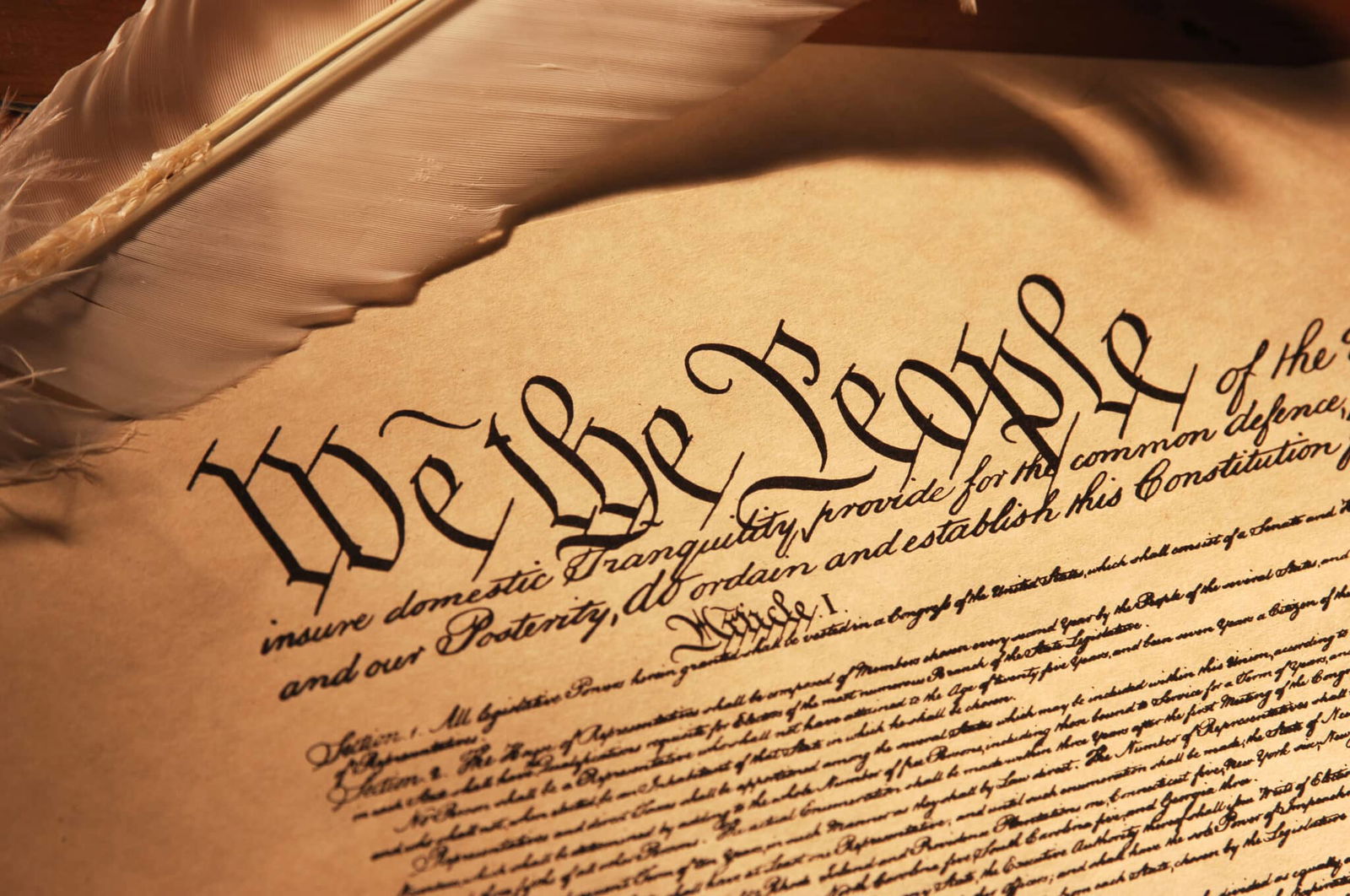Ferguson Report

https://www.justice.gov/sites/default/files/opa/press-releases/attachments/2015/03/04/ferguson_police_department_report.pdf
The Civil Rights Division of the United States Department of Justice opened its
investigation of the Ferguson Police Department (“FPD”) on September 4, 2014. This
investigation was initiated under the pattern-or-practice provision of the Violent Crime Control
and Law Enforcement Act of 1994, 42 U.S.C. § 14141, the Omnibus Crime Control and Safe
Streets Act of 1968, 42 U.S.C. § 3789d (“Safe Streets Act”), and Title VI of the Civil Rights Act
of 1964, 42 U.S.C. § 2000d (“Title VI”). This investigation has revealed a pattern or practice of
unlawful conduct within the Ferguson Police Department that violates the First, Fourth, and
Fourteenth Amendments to the United States Constitution, and federal statutory law.
Over the course of the investigation, we interviewed City officials, including City
Manager John Shaw, Mayor James Knowles, Chief of Police Thomas Jackson, Municipal Judge
Ronald Brockmeyer, the Municipal Court Clerk, Ferguson’s Finance Director, half of FPD’s
sworn officers, and others. We spent, collectively, approximately 100 person-days onsite in
Ferguson. We participated in ride-alongs with on-duty officers, reviewed over 35,000 pages of
police records as well as thousands of emails and other electronic materials provided by the
police department. Enlisting the assistance of statistical experts, we analyzed FPD’s data on
stops, searches, citations, and arrests, as well as data collected by the municipal court. We
observed four separate sessions of Ferguson Municipal Court, interviewing dozens of people
charged with local offenses, and we reviewed third-party studies regarding municipal court
practices in Ferguson and St. Louis County more broadly. As in all of our investigations, we
sought to engage the local community, conducting hundreds of in-person and telephone
interviews of individuals who reside in Ferguson or who have had interactions with the police
department. We contacted ten neighborhood associations and met with each group that
responded to us, as well as several other community groups and advocacy organizations.
Throughout the investigation, we relied on two police chiefs who accompanied us to Ferguson
and who themselves interviewed City and police officials, spoke with community members, and
reviewed FPD policies and incident reports.
We thank the City officials and the rank-and-file officers who have cooperated with this
investigation and provided us with insights into the operation of the police department, including
the municipal court. Notwithstanding our findings about Ferguson’s approach to law
enforcement and the policing culture it creates, we found many Ferguson police officers and
other City employees to be dedicated public servants striving each day to perform their duties
lawfully and with respect for all members of the Ferguson community. The importance of their
often-selfless work cannot be overstated.
We are also grateful to the many members of the Ferguson community who have met
with us to share their experiences. It became clear during our many conversations with Ferguson
residents from throughout the City that many residents, black and white, genuinely embrace
Ferguson’s diversity and want to reemerge from the events of recent months a truly inclusive,
united community. This Report is intended to strengthen those efforts by recognizing the harms
caused by Ferguson’s law enforcement practices so that those harms can be better understood
and overcome.
2
Ferguson’s law enforcement practices are shaped by the City’s focus on revenue rather
than by public safety needs. This emphasis on revenue has compromised the institutional
character of Ferguson’s police department, contributing to a pattern of unconstitutional policing,
and has also shaped its municipal court, leading to procedures that raise due process concerns
and inflict unnecessary harm on members of the Ferguson community. Further, Ferguson’s
police and municipal court practices both reflect and exacerbate existing racial bias, including
racial stereotypes. Ferguson’s own data establish clear racial disparities that adversely impact
African Americans. The evidence shows that discriminatory intent is part of the reason for these
disparities. Over time, Ferguson’s police and municipal court practices have sown deep mistrust
between parts of the community and the police department, undermining law enforcement
legitimacy among African Americans in particular.